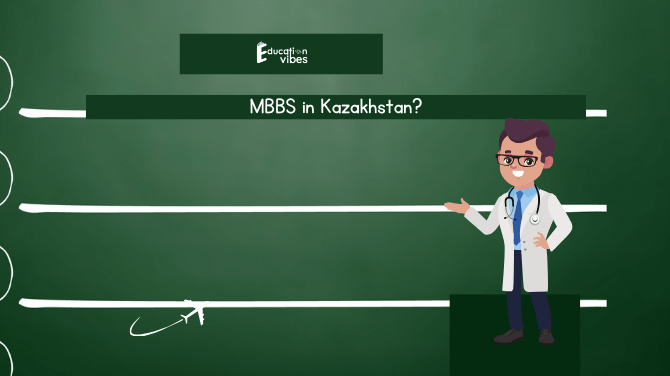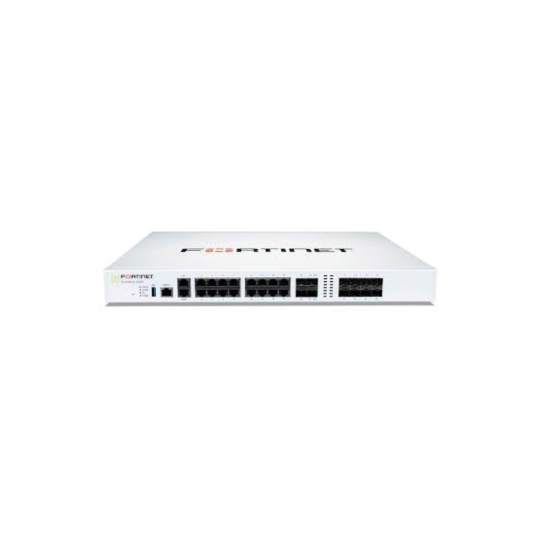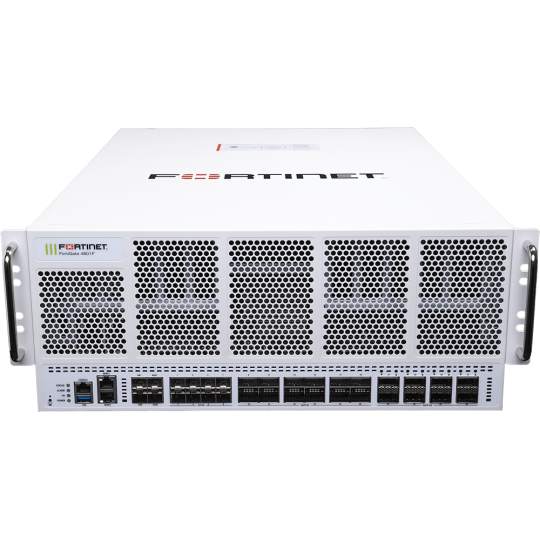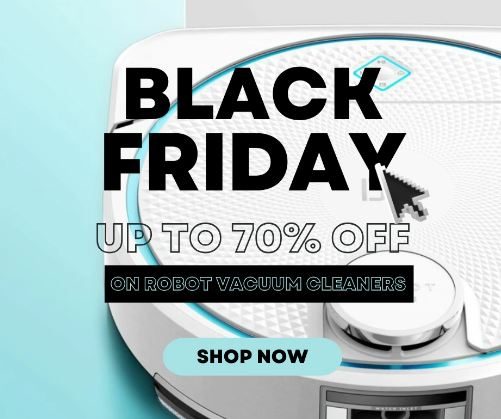In today’s environmentally conscious world, sustainable packaging is more important than ever. Companies and consumers alike are looking for ways to reduce their carbon footprint. One of the most effective solutions is using cardboard boxes. These simple yet versatile packaging materials are making a significant impact on eco-friendly practices.
The Rise of Cardboard Boxes
Cardboard boxes have been around for over a century, primarily used for shipping and storage. However, their role has evolved dramatically in recent years. With increasing awareness of environmental issues, businesses are turning to cardboard boxes as a sustainable alternative to plastic and other non-biodegradable materials.
Why Cardboard Boxes Are Eco-Friendly
- Biodegradability: Unlike plastic, cardboard boxes are biodegradable. They break down naturally over time, reducing waste and pollution.
- Recyclability: Cardboard is one of the most recycled materials globally. Recycling cardboard boxes saves trees and reduces the need for new raw materials.
- Renewable Resources: Cardboard is made from paper, which comes from trees – a renewable resource. Sustainable forestry practices ensure that trees are replanted and forests are preserved.
- Reduced Carbon Footprint: Manufacturing cardboard boxes uses less energy compared to plastic production. This lower energy consumption translates to a reduced carbon footprint.
The Versatility of Cardboard Boxes
Cardboard boxes are incredibly versatile. They come in various shapes and sizes, making them suitable for a wide range of products. From small jewelry boxes to large appliance packaging, cardboard can do it all.
Customization for Branding
One of the significant advantages of cardboard boxes is their customization potential. Businesses can print logos, brand colors, and other information directly on the boxes. This not only enhances brand visibility but also provides an eco-friendly marketing tool.
Cost-Effective Solution
Cardboard boxes are not only eco-friendly but also cost-effective. They are relatively cheap to produce and transport, which can lead to significant savings for businesses. This cost-effectiveness makes it easier for companies to adopt sustainable packaging practices.
Innovations in Cardboard Packaging
The packaging industry is continuously innovating to make cardboard boxes even more sustainable and efficient. Here are some recent advancements:
- Lightweight Designs: New manufacturing techniques are producing lighter yet stronger cardboard boxes. This reduces shipping costs and environmental impact.
- Water-Resistant Coatings: Traditional cardboard can be susceptible to moisture. However, new water-resistant coatings are making cardboard boxes more durable and versatile.
- Insulated Cardboard Boxes: For products that require temperature control, insulated cardboard boxes are now available. These are ideal for shipping perishable goods without relying on plastic.
Cardboard Boxes in E-commerce
The rise of e-commerce has significantly boosted the demand for cardboard boxes. Online retailers need reliable, eco-friendly packaging to ship products safely. Cardboard boxes fit this need perfectly. They provide excellent protection while being lightweight and recyclable.
Cardboard Boxes and Consumer Perception
Consumers are becoming more environmentally conscious. They prefer brands that prioritize sustainability. By using cardboard boxes, businesses can improve their image and appeal to eco-friendly consumers. This shift in consumer perception can lead to increased sales and brand loyalty.
Challenges and Solutions
While cardboard boxes offer many benefits, there are some challenges to consider:
- Durability: Cardboard boxes may not be as durable as plastic in some cases. However, advancements in design and materials are addressing this issue.
- Moisture Sensitivity: Traditional cardboard is not ideal for wet conditions. New waterproof coatings are mitigating this problem.
- Cost of Innovation: Innovative cardboard solutions can be more expensive initially. However, the long-term savings and environmental benefits often outweigh the upfront costs.
The Future of Cardboard Boxes
The future of cardboard boxes in eco-friendly packaging looks promising. As technology advances, we can expect even more innovative solutions that enhance the sustainability and functionality of cardboard. Businesses and consumers alike will continue to benefit from these advancements.
FAQs
Q1: Are cardboard boxes recyclable?
Yes, cardboard boxes are highly recyclable. They can be recycled multiple times without losing strength and quality.
Q2: How do cardboard boxes compare to plastic in terms of environmental impact?
Cardboard boxes have a much lower environmental impact compared to plastic. They are biodegradable, recyclable, and made from renewable resources.
Q3: Can cardboard boxes be used for all types of products?
Cardboard boxes are very versatile and can be used for a wide range of products. However, for extremely heavy or wet items, additional considerations may be needed.
Q4: Are there any drawbacks to using cardboard boxes?
The main drawbacks include moisture sensitivity and potential durability issues. However, advancements in design and materials are addressing these challenges.
Q5: How can businesses customize cardboard boxes?
Businesses can customize cardboard boxes by printing logos, brand colors, and other information directly on the boxes. This enhances brand visibility and provides an eco-friendly marketing tool.
Conclusion
Cardboard boxes are revolutionizing eco-friendly packaging. They offer a sustainable, versatile, and cost-effective solution for businesses and consumers. As innovations continue to improve their functionality, cardboard boxes will remain at the forefront of sustainable packaging solutions. By adopting cardboard boxes, businesses can reduce their environmental impact and appeal to eco-conscious consumers. The future of packaging is green, and cardboard boxes are leading the way.













